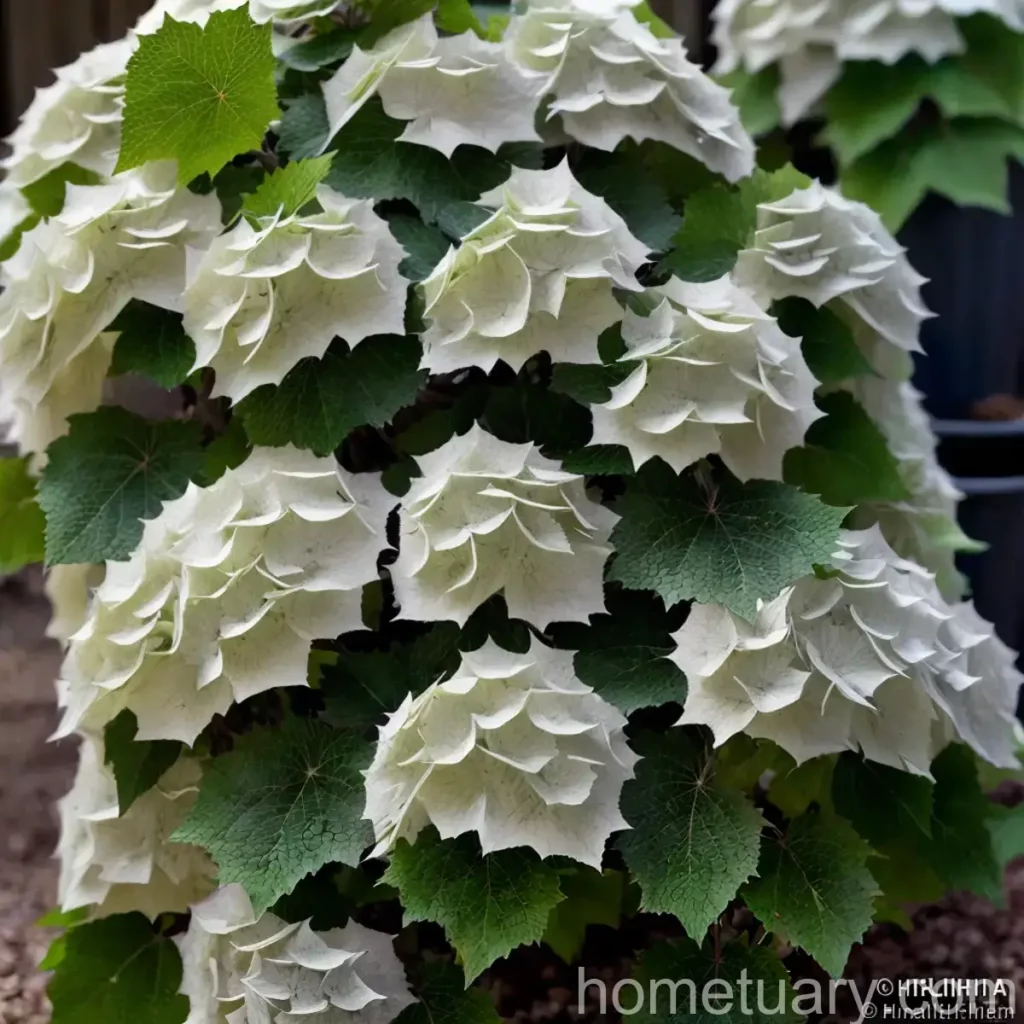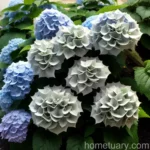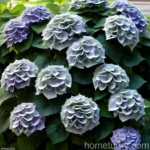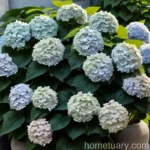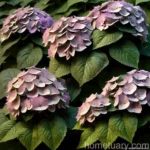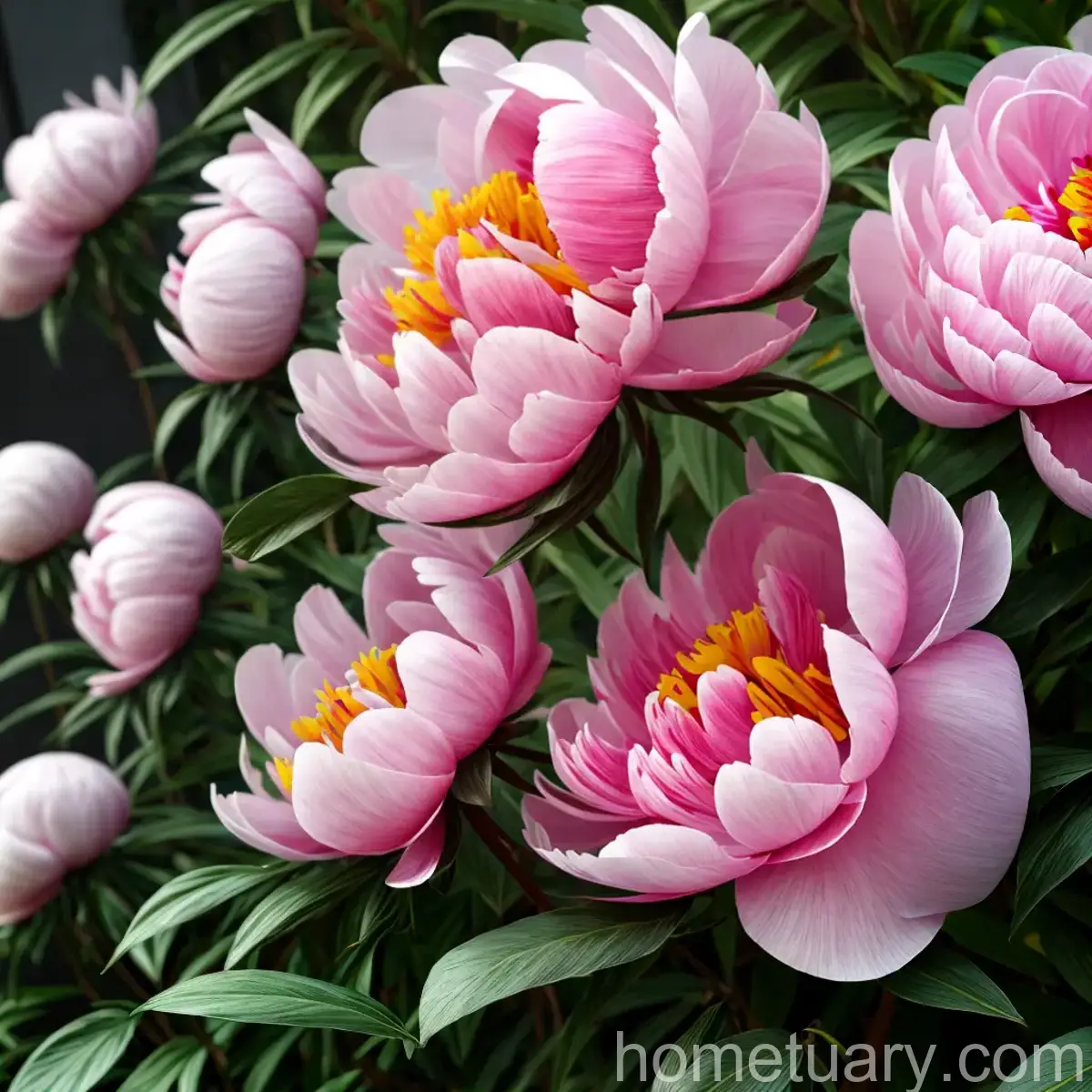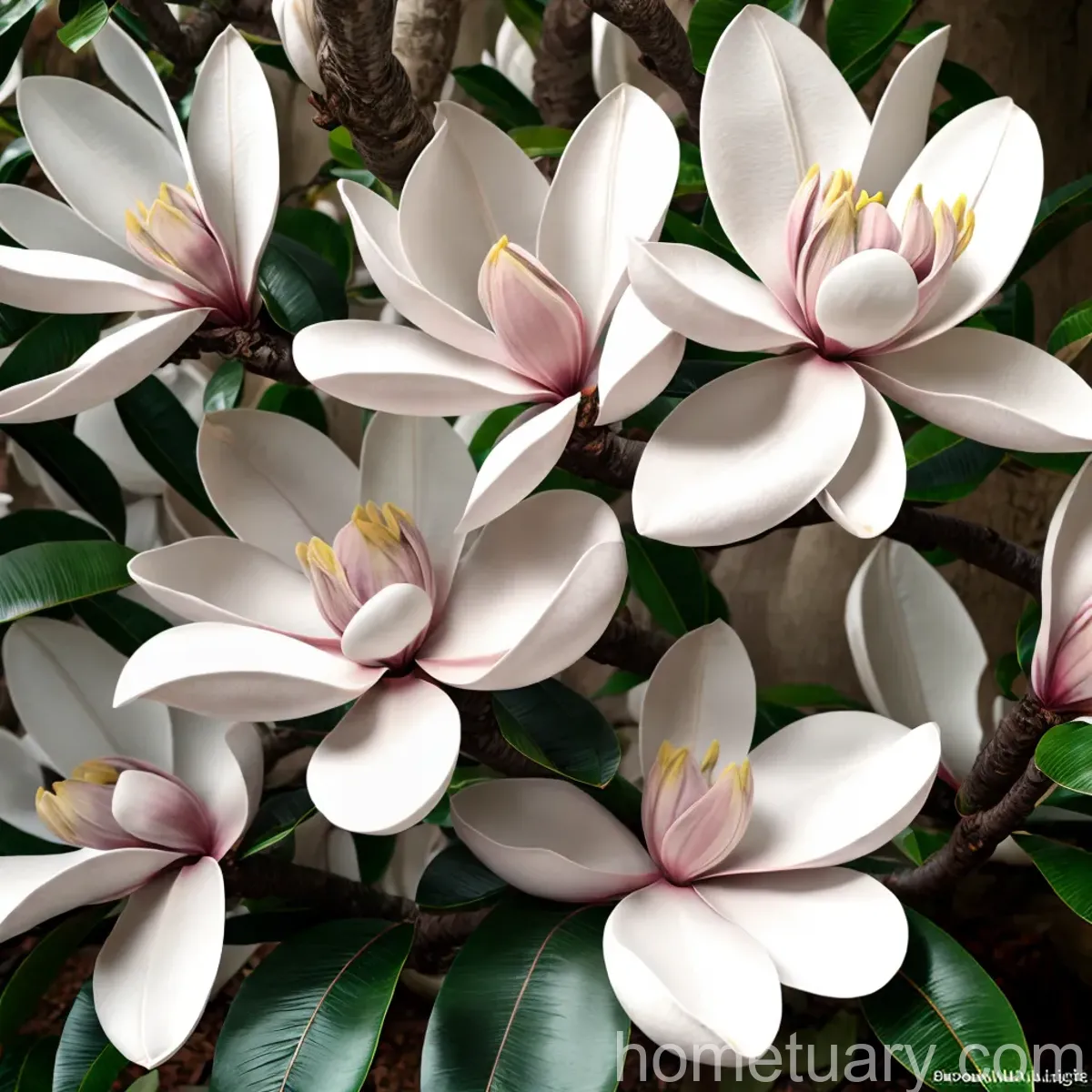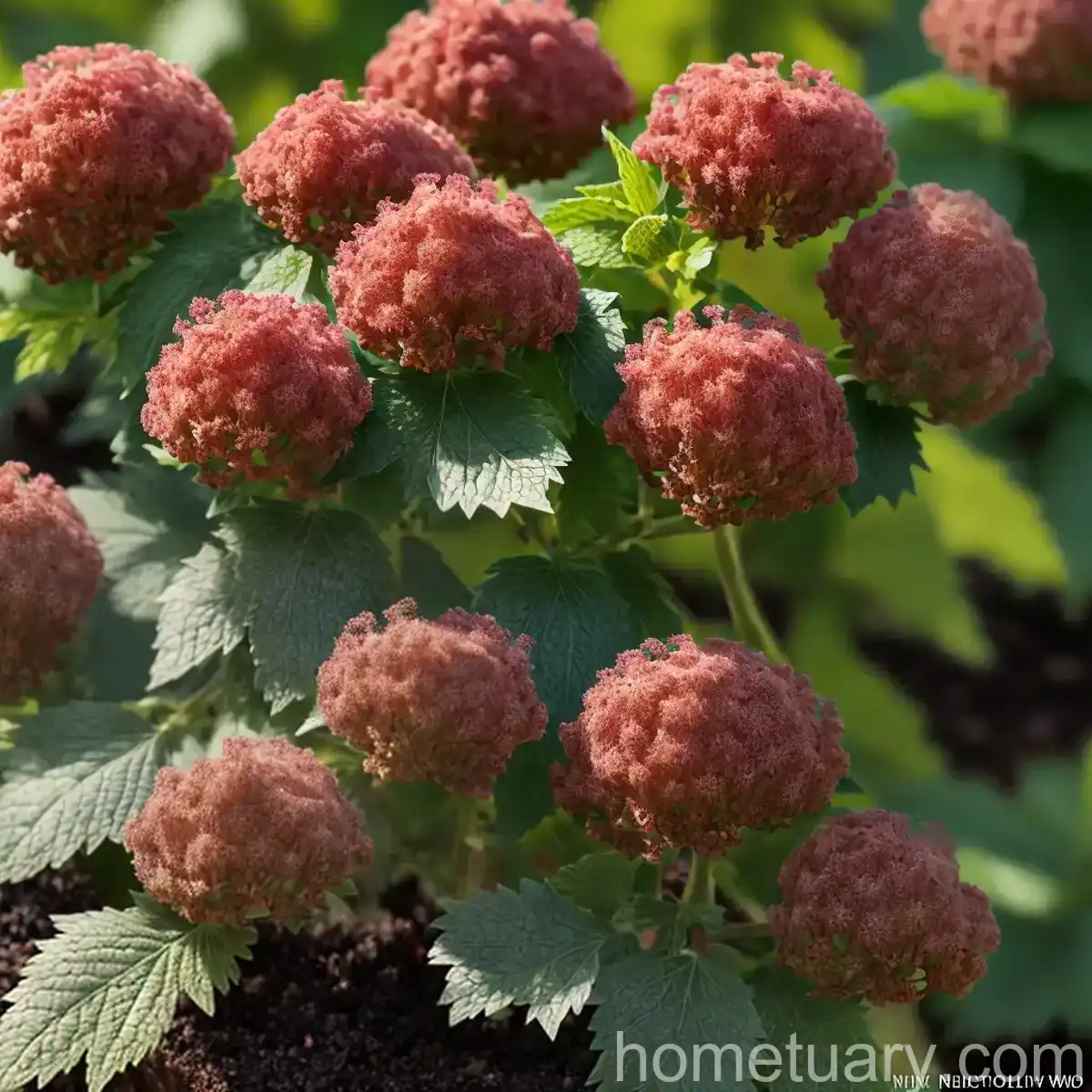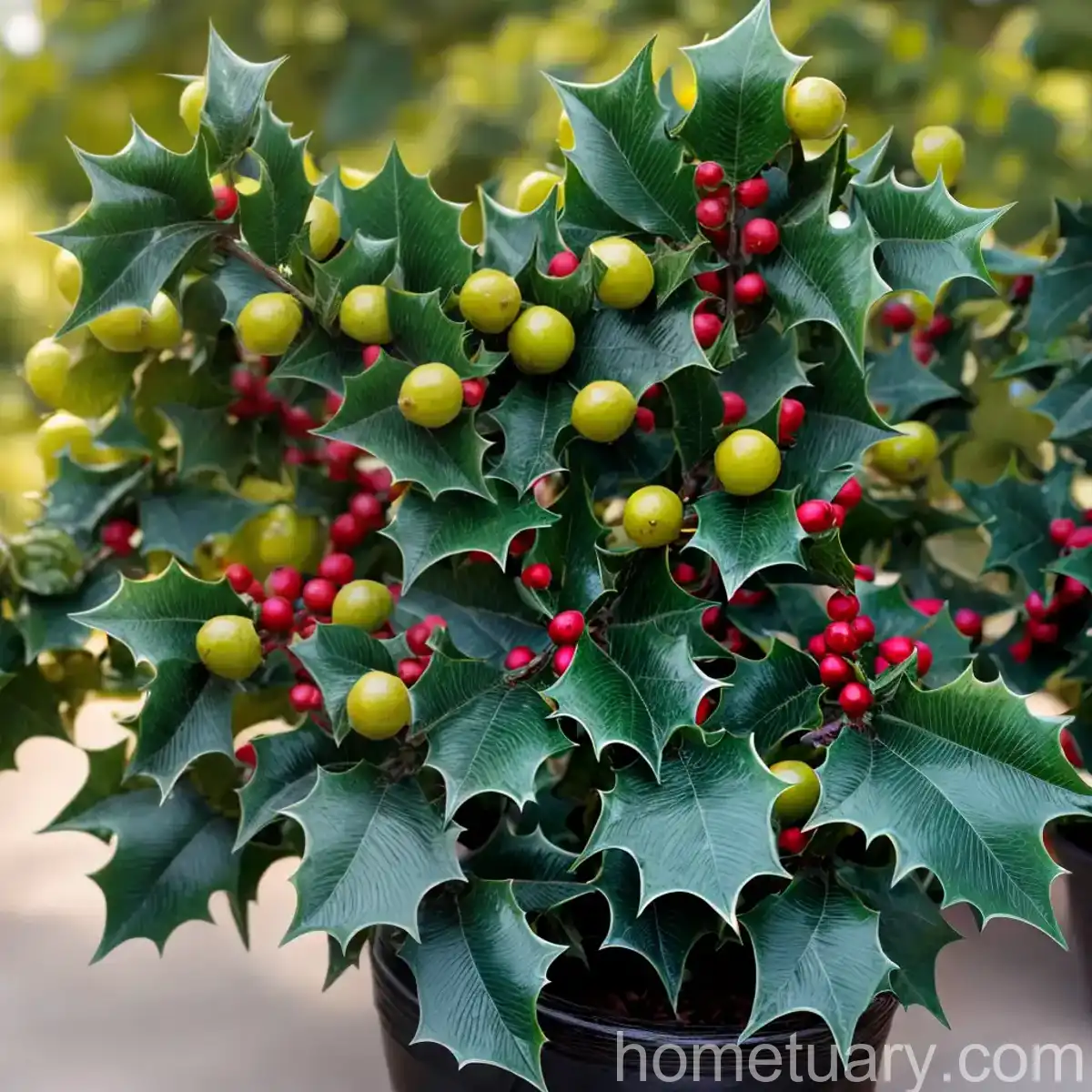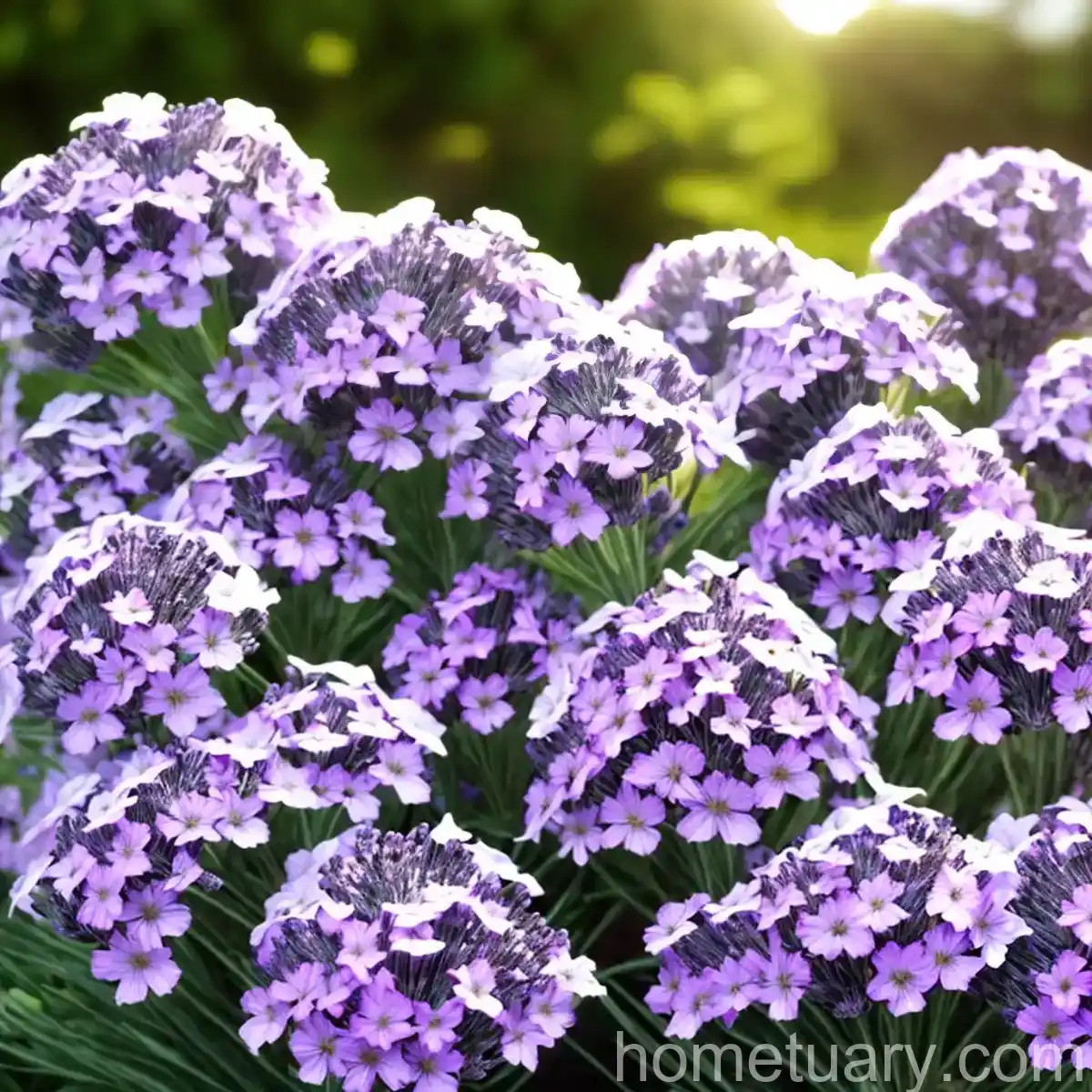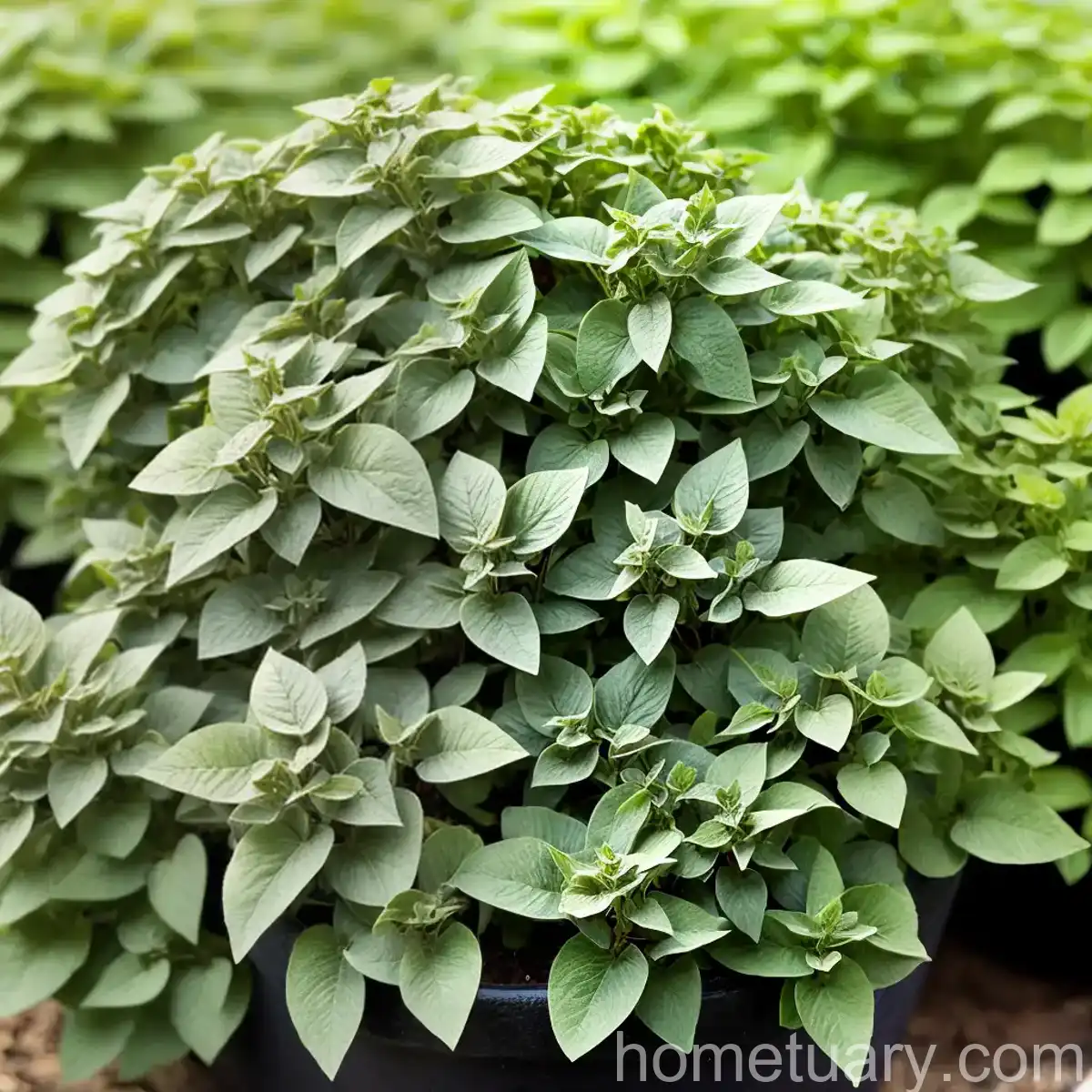Oakleaf Hydrangea (Hydrangea quercifolia ‘Piihq-i’ JETSTREAM)
Oakleaf hydrangea, scientifically known as Hydrangea quercifolia ‘Piihq-i’ JETSTREAM, is a stunning deciduous shrub that is cherished for its showy, cone-shaped flower clusters and striking foliage. This plant species belongs to the Hydrangeaceae family and is native to the southeastern United States. In this comprehensive guide, we will delve into the various aspects of oakleaf hydrangea, from its culture and uses to its care requirements, common diseases, and maintenance tips.
What is Oakleaf Hydrangea?
Oakleaf hydrangea is a species of hydrangea that is renowned for its distinct oak-shaped leaves and elongated clusters of white or pink-tinged flowers. It is a versatile plant that can be utilized in various landscaping settings, such as woodland gardens, borders, and naturalized areas. The ‘Piihq-i’ JETSTREAM variety of oakleaf hydrangea is particularly sought after for its exceptional attributes, including its hardiness and stunning blooms.
Key Takeaways – Oakleaf Hydrangea (Hydrangea quercifolia ‘Piihq-i’ JETSTREAM)
Before we delve into the specific aspects of oakleaf hydrangea care, it’s important to highlight some key takeaways about this beautiful plant. Below is a summary of its vital characteristics and qualities:
- Scientific Name: Hydrangea quercifolia ‘Piihq-i’ JETSTREAM
- Plant Type: Deciduous shrub
- Foliage Color: Deep green (summer), crimson and burgundy (fall)
- Flower Color: White, turning pink with age
- Sunlight: Partial shade to full sun
- Soil Type: Well-draining, rich soil
- Mature Size: 4-6 feet in height and spread
- USDA Hardiness Zones: 5-9
- Notable Feature: Large, cone-shaped flower clusters and striking autumn foliage
- Special Attribute: Cold-hardy and low maintenance
Now, let’s explore the various aspects of oakleaf hydrangea care in detail.
Culture
Uses
Oakleaf hydrangea is a versatile plant with a wide range of uses in landscaping and gardening. Some of its common uses include:
- Woodland Gardens: Oakleaf hydrangeas thrive in the dappled shade of woodland gardens, where their striking foliage and elegant blooms add visual interest.
- Borders and Hedges: Due to their compact growth habit, oakleaf hydrangeas can be used as low hedges or as accents along borders, where their seasonal beauty can be showcased.
- Naturalized Areas: These shrubs are well-suited for naturalized or informal garden settings, where they can thrive and contribute to the overall aesthetic.
- Erosion Control: The deep root system of oakleaf hydrangeas makes them effective for controlling soil erosion on slopes and embankments.
Water
Establishing a proper watering routine is crucial for the health and vitality of oakleaf hydrangeas. While these plants have good drought tolerance once established, they benefit from regular watering, especially during dry periods. It’s essential to strike a balance, avoiding both excessive moisture retention and prolonged dry spells.
Watering Tips:
- Deep Watering: Provide a deep watering session rather than frequent shallow watering to encourage the development of a robust root system.
- Mulching: Apply a layer of organic mulch around the base of the plant to help retain soil moisture and regulate temperature.
Sunlight
Oakleaf hydrangeas exhibit a remarkable degree of flexibility in terms of sun exposure, thriving in both partial shade and full sun conditions. While they are adaptable to various light levels, the ideal scenario is one where the plant receives a blend of sunlight and shade, especially during the hottest part of the day.
Sunlight Guidelines:
- Partial Shade: In regions with intense or prolonged sunlight, partial shade is recommended to protect the leaves from scorching and maintain moisture levels.
- Full Sun: In cooler climates, full sun conditions can be provided, particularly if the soil is consistently moist.
Fertilizer
The application of a balanced fertilizer can contribute significantly to the growth and blooming of oakleaf hydrangeas. The nutrient requirements of these plants, particularly nitrogen, phosphorus, and potassium, can be met through the use of organic or commercial fertilizers.
Fertilization Recommendations:
- Timing: Apply a balanced fertilizer in early spring before new growth emerges to support healthy development and robust flowering.
- Avoid Excessive Nitrogen: As with many flowering shrubs, excessive nitrogen can lead to lush foliage at the expense of blooms. Use a fertilizer with a lower nitrogen content.
Soil
The soil composition and quality play a pivotal role in the overall health and performance of oakleaf hydrangeas. These plants thrive in well-draining, rich soil that offers adequate moisture retention without becoming waterlogged.
Soil Requirements:
- Acidic Soil: Oakleaf hydrangeas prefer slightly acidic soil with a pH range of 5.5 to 6.5. Amending the soil with organic matter can help achieve the desired acidity levels.
- Moisture Retention: While the soil should be well-draining, it should also have the capacity to retain moisture, especially during dry periods.
Pruning
Pruning is an essential aspect of oakleaf hydrangea care, influencing the plant’s overall shape, size, and blooming performance. Proper pruning can promote air circulation, remove dead or damaged wood, and encourage the growth of new, healthy stems.
Pruning Guidelines:
- Timing: Prune oakleaf hydrangeas immediately after flowering, typically in late summer or early fall. This allows sufficient time for the development of new growth and flower buds for the following year.
- Deadheading: Remove spent blooms to enhance the plant’s appearance and divert energy into new growth and future blooms.
Propagation
Propagation is a viable method for multiplying oakleaf hydrangeas, allowing for the creation of new plants from existing stock. The most common methods of propagation include softwood cuttings, hardwood cuttings, and division.
Propagation Techniques:
- Softwood Cuttings: Softwood cuttings taken in late spring or early summer can be rooted in a suitable propagation medium to produce new plants.
- Hardwood Cuttings: Hardwood cuttings collected during the dormant season can be rooted the following spring to yield new oakleaf hydrangea plants.
- Division: Established plants can be carefully divided to create new individuals, each with its own root system.
Container Popularity
Oakleaf hydrangeas are well-suited for container gardening, offering an opportunity to showcase their striking foliage and blooms in diverse outdoor and indoor settings.
Container Gardening Tips:
- Container Selection: Choose a large, sturdy container with drainage holes to accommodate the plant’s root system and prevent waterlogging.
- Soil Mix: Use a well-draining, high-quality potting mix formulated for shrubs and flowering plants.
- Sunlight: Place the container in a location with the appropriate level of sunlight based on the plant’s needs.
Common Diseases
Despite their overall hardiness, oakleaf hydrangeas can be susceptible to certain diseases, including foliar diseases and root rot. Vigilant monitoring and timely intervention are instrumental in preventing and managing these issues.
Common Diseases:
- Powdery Mildew: A fungal disease characterized by the presence of powdery white patches on the foliage, leading to reduced photosynthetic activity and overall decline.
- Leaf Spot: This foliar disease manifests as circular or irregularly shaped lesions on the leaves, often accompanied by yellowing and premature defoliation.
Disease Diagnosis
Early detection and accurate diagnosis of diseases are crucial for implementing effective control measures and preserving the health of oakleaf hydrangeas.
Identifying Disease Symptoms:
- Visual Inspection: Regularly inspect the foliage, stems, and overall appearance of the plant for any signs of discoloration, wilting, or abnormal growth.
- Consulting Experts: Seek guidance from horticulturists or plant pathologists to identify and address any suspected diseases promptly.
Common Pests
Several pests can pose a threat to the well-being of oakleaf hydrangeas, including aphids, spider mites, and scale insects. Implementing preventive measures and integrated pest management strategies can help mitigate pest-related issues.
Common Pests:
- Aphids: These small, soft-bodied insects can congregate on the undersides of leaves, sucking sap and potentially causing leaf distortion and discoloration.
- Spider Mites: Spider mites are tiny arachnids that feed on plant tissues, leading to stippling, webbing, and visible damage to the foliage.
Botanist’s Tips
To ensure the successful growth and maintenance of oakleaf hydrangeas, it’s essential to consider the following tips from a botanist’s perspective:
- Soil Testing: Periodically conduct soil tests to assess the pH levels and nutrient content, allowing for the timely adjustment of soil conditions as needed.
- Mulching: Apply a layer of organic mulch around the base of the plant to regulate soil temperature, minimize moisture fluctuations, and suppress weed growth.
- Monitoring Moisture Levels: Use a combination of visual inspection and soil moisture meters to gauge the moisture content of the soil and adjust watering practices accordingly.
Fun Facts
- The oak-shaped leaves of Hydrangea quercifolia ‘Piihq-i’ JETSTREAM inspired the common name “oakleaf hydrangea.”
- In addition to their ornamental value, the dried flower heads of oakleaf hydrangeas can be utilized in floral arrangements and crafts.
- The JETSTREAM variety is admired for its compact growth habit and improved resistance to diseases and pests.
Links to External Resources
For further information on oakleaf hydrangea care, cultivars, and gardening tips, consider exploring the following external resources:
- The American Hydrangea Society
- University of Florida IFAS Extension: Hydrangea quercifolia
- Missouri Botanical Garden: Hydrangea quercifolia ‘Piihq-i’ JETSTREAM
- United States Department of Agriculture – Plant Profile: Hydrangea quercifolia
By leveraging these resources, you can gain valuable insights into the cultivation, care, and appreciation of oakleaf hydrangeas, as well as access a community of fellow enthusiasts and experts.
In conclusion, oakleaf hydrangea (Hydrangea quercifolia ‘Piihq-i’ JETSTREAM) stands as a captivating and adaptable addition to gardens and landscapes, offering year-round interest and enduring beauty. With the right cultural practices, a discerning eye for potential issues, and a touch of creativity, you can enjoy the abundant charm and grace of this remarkable shrub for years to come.
Whether you’re seeking an exceptional flowering specimen, a resilient shrub for mixed borders, or a captivating accent for container displays, the oakleaf hydrangea has much to offer, enriching outdoor spaces with its distinctive allure and timeless elegance.
Remember, success in cultivating oakleaf hydrangeas lies not only in the application of horticultural knowledge but also in fostering a genuine appreciation for the enchanting world of plants.
Thank you for embarking on this journey into the realm of oakleaf hydrangeas. May your gardening endeavors be infused with joy, inspiration, and the enduring splendor of nature’s bountiful creations.
And as always, happy gardening!
In this blog post, we have delved into the enchanting realm of oakleaf hydrangea, exploring its cultural significance, care requirements, and horticultural attributes. With its captivating foliage, bountiful blooms, and adaptability to various environments, the oakleaf hydrangea stands as a testament to the timeless appeal of ornamental plants and the boundless rewards of gardening.
As a plant scientist, I am truly delighted to share insights into the world of oakleaf hydrangeas, offering guidance and inspiration for enthusiasts, gardeners, and nature lovers. The appreciation of plants goes beyond mere cultivation; it encompasses a profound connection to the natural world and a deep-seated admiration for the wonders of botanical diversity.

